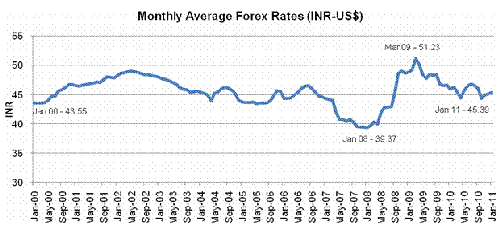

Below are government and external resources that provide currency exchange rates. Currency Exchange RatesĪn exchange rate is the rate at which one currency may be converted into another, also called rate of exchange of foreign exchange rate or currency exchange rate. dollars to report on your income tax return. At the end of the year, translate the results, such as income or loss, into U.S. dollar, make all income tax determinations in your functional currency. If your functional currency is not the U.S. You can generally get exchange rates from banks and U.S. If there is more than one exchange rate, use the one that most properly reflects your income. Use the exchange rate prevailing when you receive, pay, or accrue the item. (including taxes), that you receive, pay, or accrue in a foreign currency and that will affect computation of your income tax. dollar, you must immediately translate into dollars all items of income, expense, etc. Make all income tax determinations in your functional currency. Merchandise exports jumped 23.5% year-on-year in June, following May’s 20.6% jump.The business books and records are not kept in the currency of the economic environment in which a significant part of the business activities is conducted. India: Merchandise exports increase at a stronger rate in June.The S&P Global Composite Purchasing Managers' Index (PMI) came in at 56.6 in July, down from June's 58.2. India: Composite PMI deteriorates in July but continues to point to expansion.On 5 August, the Reserve Bank of India (RBI) decided to increase the repo rate-its main policy instrument-by 50 basis points to 5.40%. India: Reserve Bank of India hikes rates again in August.India: Inflation declines to lowest level since February in JulyĬonsumer prices increased 0.46% from the previous month in July, which was below June's 0.52% rise.Industrial output increased 12.3% in year-on-year terms in June, which was a deterioration from May's 19.6% increase. India: Industrial output growth loses pace in June.Looking ahead, FocusEconomics panelists see the rupee strengthening from recent lows, ending FY2018 (which ends in March 2019) at 68.2 INR per USD and ending FY 2019 at INR 67.9 per USD. With a similar scenario affecting capital markets in India, this has resulted in outflows from the stock and bond markets, worsening the current account deficit. This follows the tightening of monetary policy in major developed economies and the erection of trade barriers around the world, dampening global growth potential. In addition to higher oil prices, investors have been fleeing emerging-market assets in recent months, most evidently in Turkey and Argentina. Moreover, FocusEconomics Consensus Forecast panelists expect the current account deficit to deteriorate this year. This has put enormous pressure on India’s merchandise trade balance given that India imports most of its oil and has underpinned inflationary pressures.

The rupee’s recent woes have come amid resurging oil prices-as of 11 September, Brent crude oil prices rose more than 40% compared to the same day a year earlier. So far this calendar year, the rupee has shed 13.6% of its value against the dollar. dollar, worsening 5.4% from the same day a month earlier and the weakest it has been against the USD in history. On 11 September, the rupee traded at 72.6 per U.S. This was largely due to India’s economic imbalances, as demonstrated by the merchandise trade deficit which has reached multi-year highs in recent months, and falling investor confidence in developing economies. The rupee weakened to a historic high against the USD in September, compounding the poor performance of recent months. India - Exchange Rate The rupee crashes to record low due to large economic imbalances and suppressed investor appetite for emerging-market assets


 0 kommentar(er)
0 kommentar(er)
